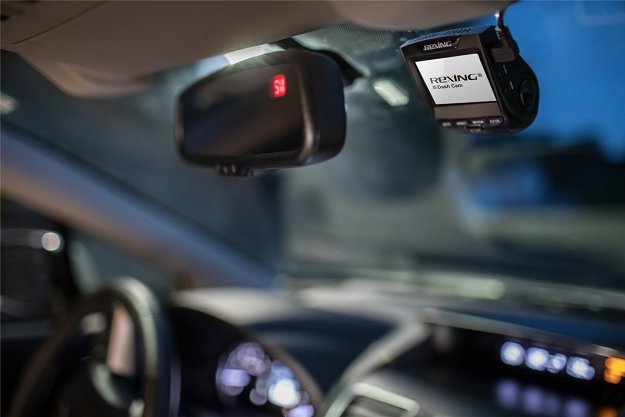Rearview cameras have begun to supplant rearview mirrors in many cars, but General Motors will soon combine the two.
When the 2016 Cadillac CT6 debuts next year, it will have a rearview mirror with streaming high-resolution video, giving the driver a clear view out the back without any obstruction from roof pillars or passengers’ heads.
Cadillac says it improves rear visibility by 300 percent, and makes backing up in the large four-door CT6 like driving a convertible with the top down.
The apparatus includes a TFT display and HD camera, which Cadillac says yields crisp images and reduces glare compared to a conventional auto-dimming mirror.
The camera is covered in a hydrophobic coating to keep it clean and maintain visibility in all conditions. Drivers can also switch the streaming video feature off with a switch on the mirror.
The rest of the 2016 CT6 should be pretty good too.
Set to debut at the 2016 New York Auto Show in April, it will become Cadillac’s new flagship and vault the brand into one of the most prestigious realms of the luxury-car world.
It will compete against the likes of the Audi A8, BMW 7 Series, and Mercedes-Benz S-Class. Cars in this class are defined by long lists of tech options, so the CT6 will need more than a fancy mirror to stay in the game.
So far, Cadillac has hinted that its new flagship will be smaller than the competition, which means it could be more driver-oriented. There are also plans for a 70-mpg plug-in hybrid model.
Whatever its other merits turn out to be, we at least know the CT6 will be pretty nice to drive in reverse.
Editors' Recommendations
- Cadillac’s 2020 CT4 small sedan starts at $33,990, sporty V model tops $40,000
- Cadillac’s new 2020 CT5 sedan lets you Super Cruise across America


